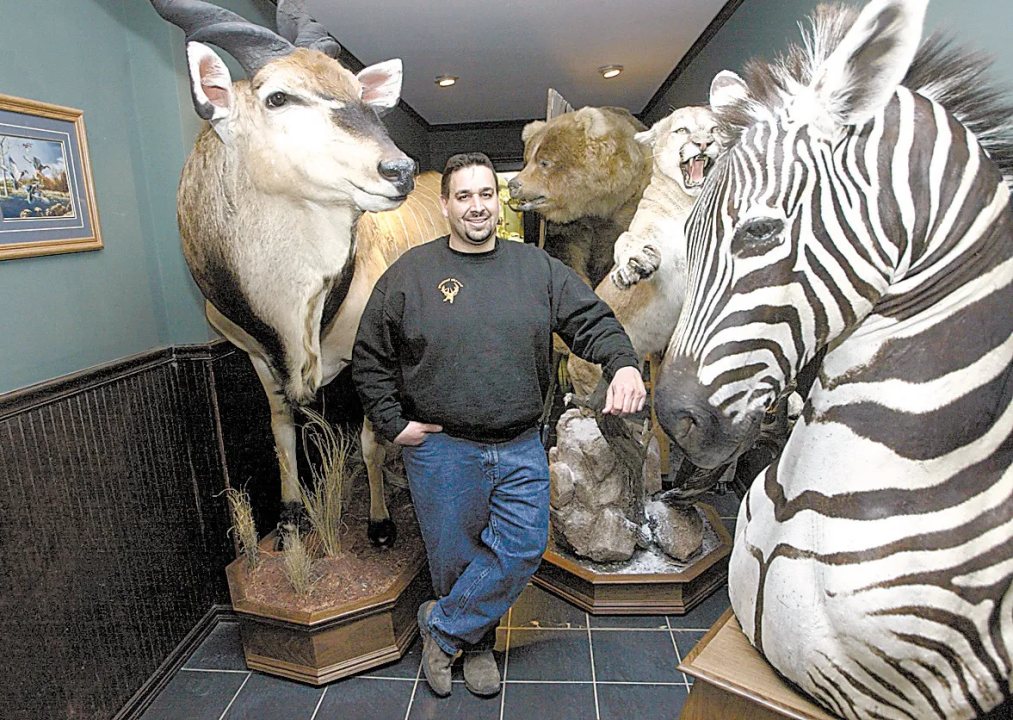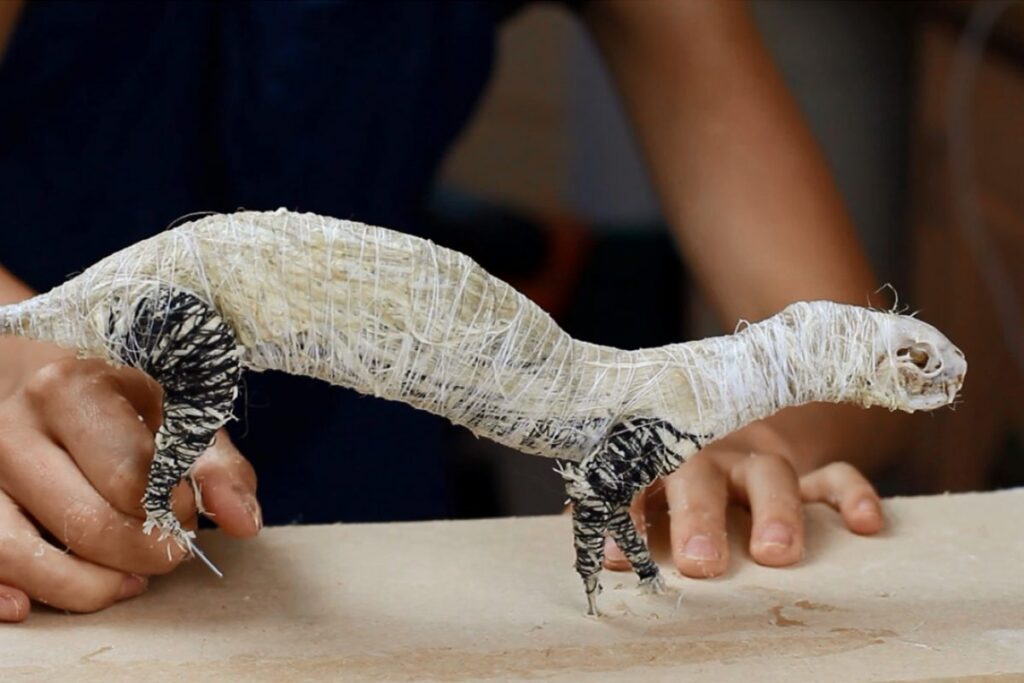Taxidermy, the art of preserving and mounting animal specimens, raises a host of ethical issues, particularly in relation to conservation efforts and the sustainable use of wildlife resources. While taxidermy has long been used as a means of preserving animal specimens for scientific study, display, and hunting trophies, its practice can have significant implications for wildlife populations and ecosystems. In this article, we will explore some of the ethical issues surrounding taxidermy, as well as the conservation efforts and challenges associated with the practice.
Conservation Concerns
One of the primary ethical concerns surrounding taxidermy is its potential impact on wildlife populations and ecosystems. The practice of hunting and harvesting animals for taxidermy mounts can have detrimental effects on vulnerable or endangered species, particularly when done irresponsibly or unsustainably.
For example, trophy hunting of large carnivores such as lions, leopards, and bears can disrupt ecosystems and lead to population declines, destabilizing prey populations and altering predator-prey dynamics. Similarly, the collection of rare or threatened species for taxidermy mounts can contribute to their decline in the wild, putting additional pressure on already vulnerable populations.

Sustainable Practices
In response to these conservation concerns, many taxidermists and wildlife enthusiasts are advocating for more sustainable practices in taxidermy. This includes promoting ethical hunting practices, supporting conservation efforts, and using ethically sourced materials for taxidermy mounts.
One approach to promoting sustainable taxidermy is through the use of captive-bred or sustainably harvested specimens. By using animals that have been bred in captivity or harvested from sustainable populations, taxidermists can help reduce pressure on wild populations and support conservation efforts while still preserving the beauty and diversity of the natural world.
Educational and Conservation Value
Despite its ethical challenges, taxidermy also has educational and conservation value, particularly when used as a tool for public awareness and engagement. Well-crafted taxidermy mounts can serve as powerful educational tools, allowing people to learn about and appreciate the beauty and diversity of wildlife in a tangible way.
For example, taxidermy mounts displayed in museums, nature centers, and educational institutions can help raise awareness about threatened and endangered species, highlighting the importance of conservation efforts and the need to protect vulnerable habitats. Similarly, educational programs and exhibits featuring taxidermy can inspire people to become stewards of the environment and advocate for the protection of wildlife and natural resources.
Challenges and Controversies

Despite its potential benefits, taxidermy remains a contentious practice with ethical implications that must be carefully considered and addressed. Critics argue that taxidermy perpetuates a culture of trophy hunting and exploitation of animals, while others question the ethics of using animal remains as artistic materials.
Additionally, the process of obtaining and preserving animal specimens for taxidermy can raise ethical and environmental concerns, particularly for endangered or protected species. Issues such as habitat destruction, illegal poaching, and the illegal wildlife trade can all impact the ethicality of taxidermy practices and the sustainability of the craft.
Ethical issues in taxidermy are complex and multifaceted, requiring careful consideration of the impacts on wildlife populations, ecosystems, and cultural attitudes toward animals. While taxidermy can raise significant ethical concerns, it also has the potential to contribute to conservation efforts and promote awareness about the importance of protecting wildlife and natural habitats.
By promoting sustainable practices, supporting conservation efforts, and using taxidermy as a tool for education and engagement, we can work toward addressing the ethical challenges associated with the practice and ensuring that taxidermy continues to be a valuable and responsible means of preserving the beauty and diversity of the natural world.
